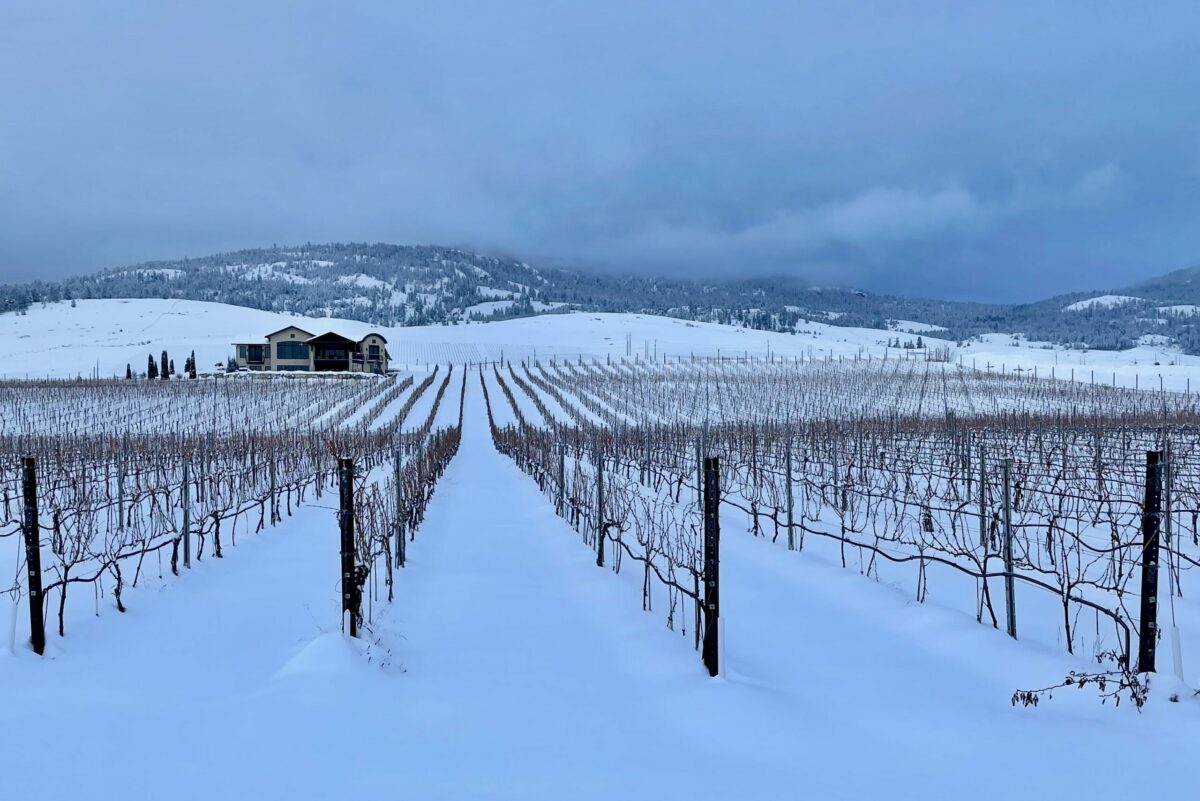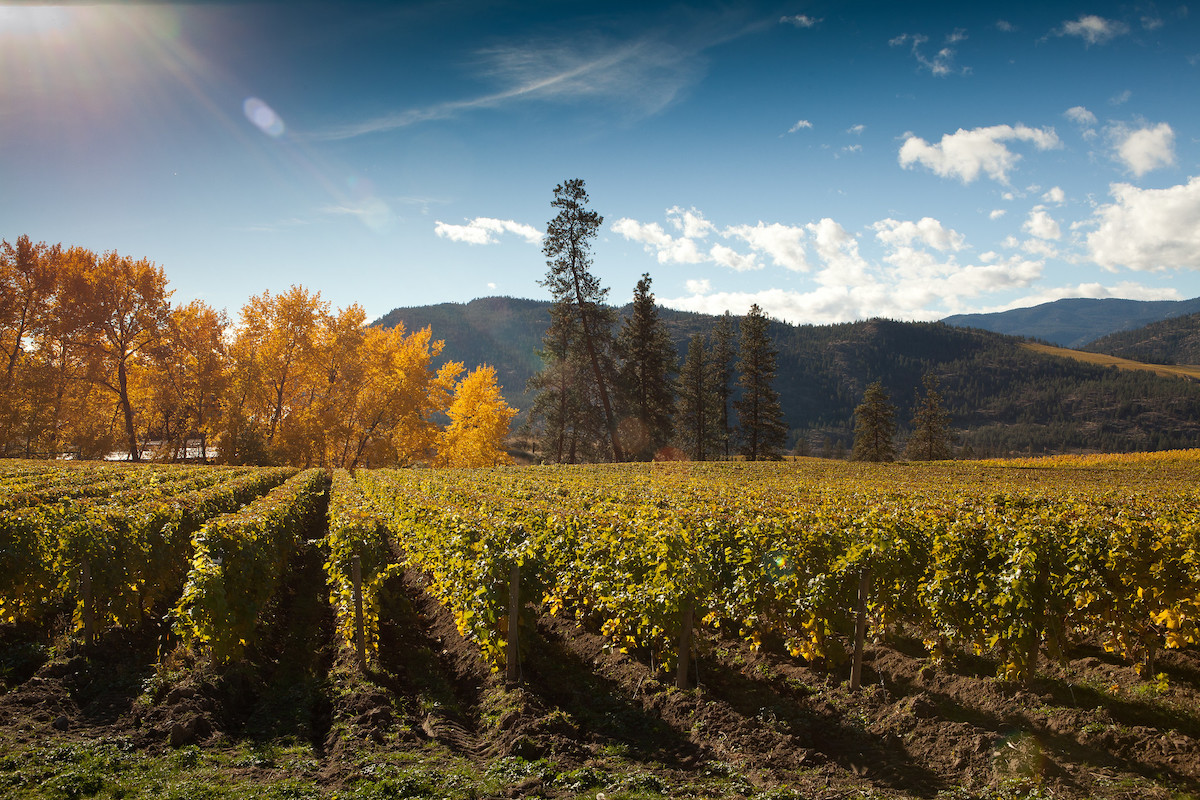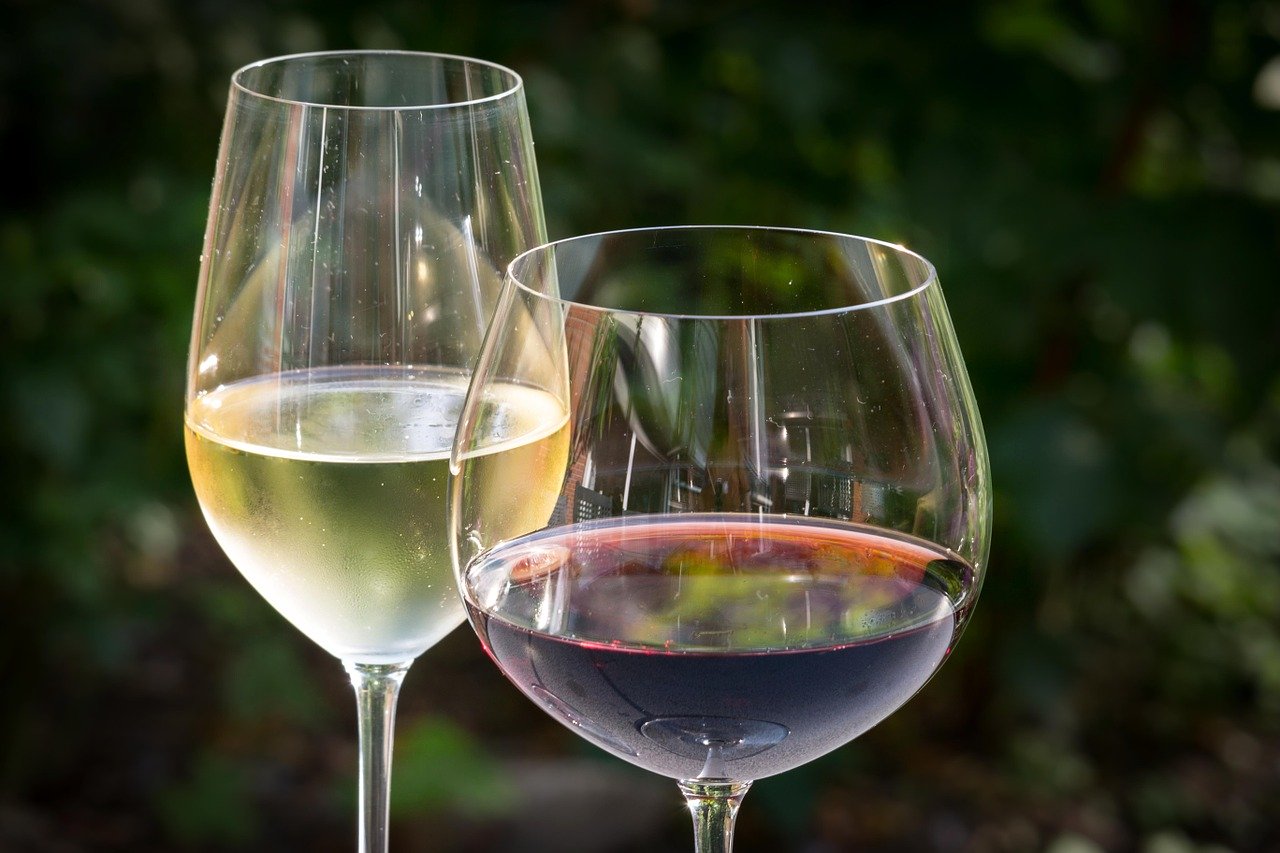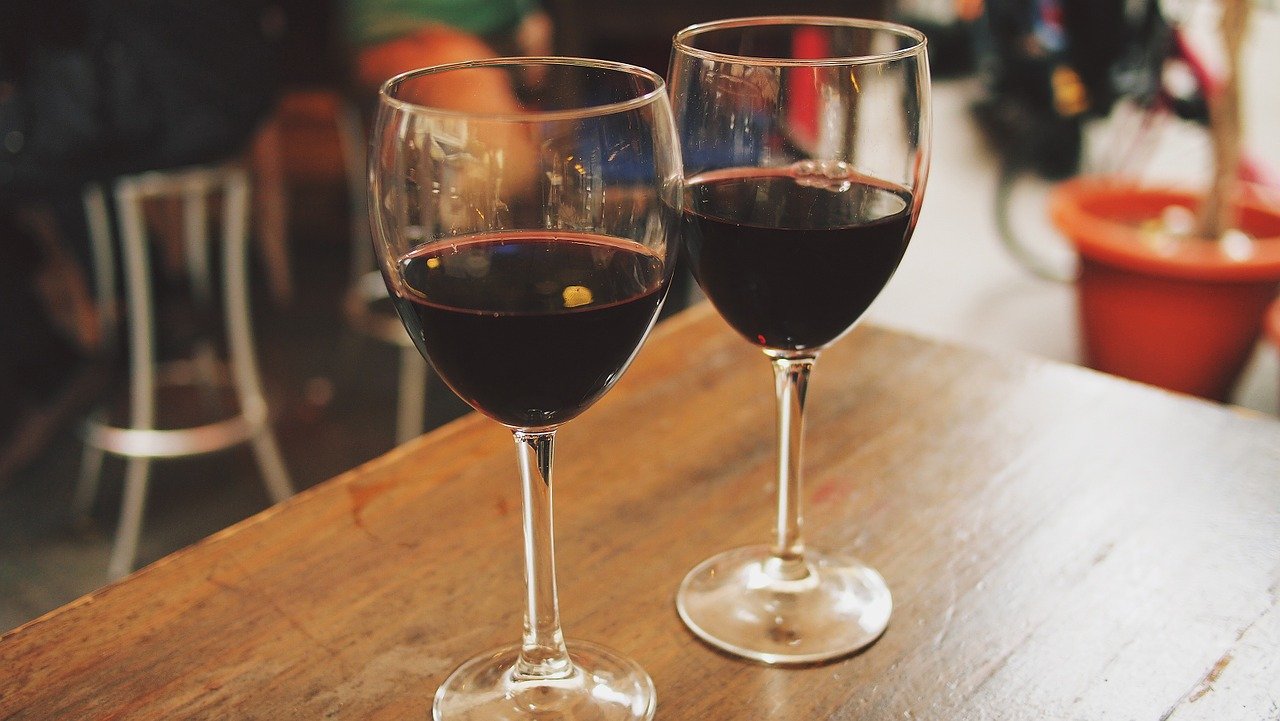After a long warm summer and fall, the 2022 vintage turned out to be one of the best in many years, despite the slow cool start to the year. Unfortunately, things then took a turn for the worst. The winter of 2022 – 2023 was harsh for Okanagan vineyards with temperatures hitting as low as -30° C in some areas. If this wasn’t bad enough, it came on the heels of two or three cold years. The damage to grape vines was devastating. The Wine Growers Association reports that they expect an overall loss of over 50% of the usual production.
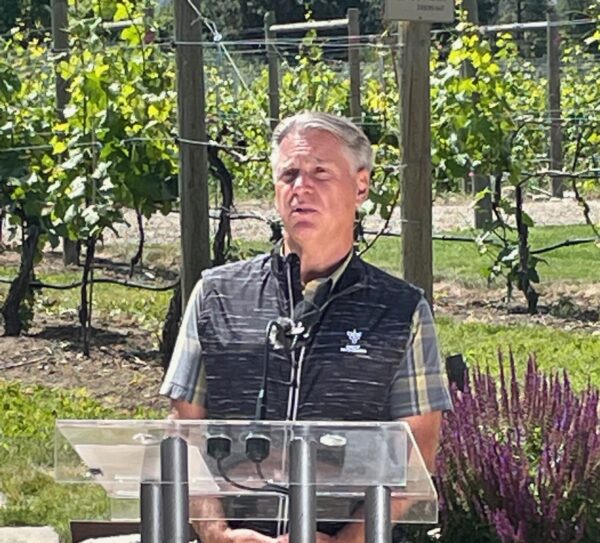
I attended a media release, held at SpearHead Winery in east Kelowna where Miles Prodan, President and CEO of Wine Growers British Columbia, outlined the situation. “Initial forecasts following the freeze event showed a potential crop reduction of 39 to 56 percent. Following bud break, our industry-wide research concluded that our worst fears were realized with a 54 percent reduction in 2023 and 45% of total planted acreage suffering long-term irreparable damage.”

Dapinder Gill, General Manager at Kismet Winery in Oliver spoke about their situation where damage varied significantly from vineyard to vineyard.
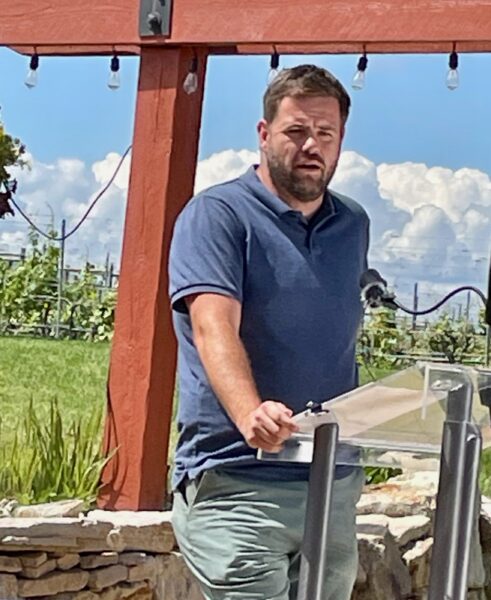
David Patterson, General Manager and Winemaker at Tantalus in east Kelowna spoke about how the health of vines has gradually declined over the last four or five years due to harsh winters. This past year saw lows dip to -27°C which resulted in 10% dead vines and 25% in need of serious rehabilitation. He would like to be able to buy grapes from vineyards that were not as hard hit, but few are available and what is will come with a high price tag. David fears it may be hard to keep staff if there is little wine to sell. Despite recent hard years, he remains optimistic about the long-term future of the BC wine industry.
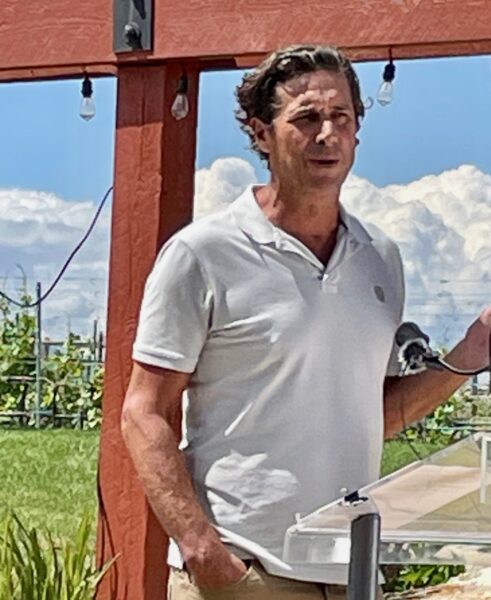
SpearHead’s winemaker Grant Stanley came to Canada from New Zealand and remembers thinking he had landed in winemaking Nirvana. The years 2003-2019 were spectacular as the grapes seemed to take care of themselves. Vines are pretty vigorous and can weather a bad year. But 2-3 years of winter damage tends to weaken the plants. He told the audience that only 20% of their vines survived last year’s bitter cold.
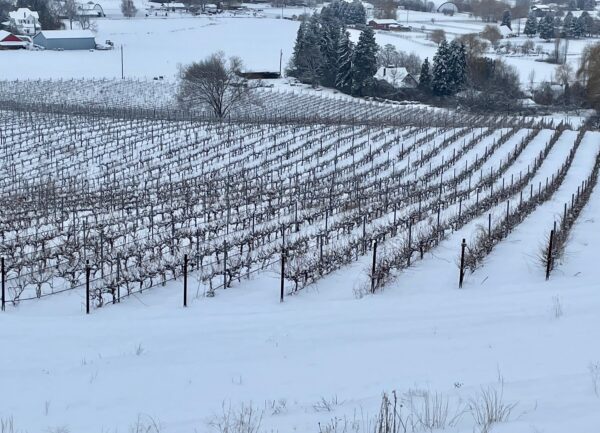
Obviously, the situation varies from vineyard to vineyard depending on its location and the same applies to wineries, some of which rely heavily on contracts with a variety of growers.
According to the Wine Growers of BC, “The most significant losses were in the southern Okanagan, Kelowna, and Similkameen Valley with potential losses of 60% or more. Hardest hit grapes in these areas were Syrah, Merlot, and Cabernet Sauvignon.”
Many/most wine growers purchase crop protection insurance but it tends to only cover about 50% of the actual costs of replanting. To add to the headache, there is a lot of paperwork to be filled out for the replant program. In addition, newly planted vines need about 3-4 years to bear fruit. That is a long time to wait. The land still needs to be farmed whether one cluster or 50 clusters are hanging on the vines.
Sadly, the situation is worse for wineries. There is no insurance to protect them from such losses. Decreased cash flows mean some hard decisions have to be made.
Some people may not appreciate the economic spin-down effect this may have. The general public can be very skittish when it comes to bad news, be it flooding, forest fires or poor harvests. The wine industry attracts a lot of tourists to the area and if they are put off by bad news, this can translate into fewer hotel stays, fewer restaurant visits and the trickle-down impact that has on other businesses and staffing. Fewer BC wines on liquor store shelves are likely and when you are out of sight you are out of mind with the general public. “Production losses of this magnitude will have a severe impact on the economics of the industry, affecting the revenues of both vineyards and wineries, tax revenues collected by the government, and, most importantly, the livelihoods of agricultural workers and other wine industry professionals with a job-loss of 381 full-time jobs,” according to the Grape Growers of BC.
“$133 million in direct loss to the BC wine industry. Over $200 million in indirect economic revenue lost to suppliers, BC Liquor Stores, restaurants, and other related businesses.”
Although canopy growth is about a month behind, if you are travelling through the region this season, you might be surprised to see lush green vines in some areas but don’t be fooled. They may be leafy, but with few, if any grape clusters.
The industry as a whole is looking for government assistance, both at the provincial and federal levels. There is some precedence for this as the federal government helped the Nova Scotia wine industry after its recent devastation. Money is needed to help keep people employed. If they leave, many will not return
Another possible option would be a temporary relaxation of regulations that would allow winemakers to import grapes from Ontario or the Pacific Northwest – Washington and Oregon. Currently, such avenues are not allowed. BC wines need to be made exclusively from BC grapes.
Imported grapes would mean higher taxes and rules would need to be adjusted to allow these wines to be sold in tasting rooms. Whatever is decided, time is of the essence. Deals need to be struck within weeks to ensure no interruption.

Charlie Baessler from Corcelettes in Keremeos reports, “Similar to the Okanagan, the Similkameen has pockets of significant damage and a few areas that fared better depending on location.”
Roger Wong, at Intrigue Wines, tells me that in Lake Country about 30% of his Riesling survived and the tiny bit of Ehrenfelser seems to be in reasonable shape, but the Gewurztraminer and Kerner were hit very hard with only about 10% surviving. The small amounts of Rotberger and Muscat look to be in the 20% range. He is concerned about the 2023 fall vintage with so little product to work with. It will be a lean year and things will be tough. They are doing their best to rehabilitate the remaining vines so they will be healthy down the road. He is meeting with Crop Insurance next week for them to explain how to count top-killed plants.

Trish Morelli of the Kamloops Wine Trail reports that the Thompson region experienced similar losses with their vinifera vines.
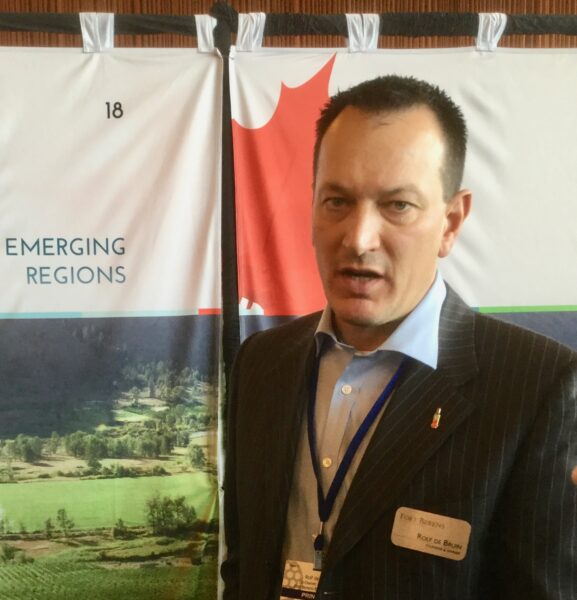
Rolf de Bruin at Fort Berens in Lillooet reports that they only had a small number of dead vines, about 20% showed significant damage which will mean decreased yields for the coming vintage.
On a positive note, Zac Brown co-owner of Alderlea Vineyards in Duncan who also sits on the board of the Island Growers Association, mentioned that to the best of his knowledge, there was no winter damage reported on the island. Likewise, the Gulf Islands and Fraser Valley were all fairly unscathed and conditions for this year are looking good.
What does this mean for the average BC wine lover? You can expect a shortage of some of your favourite wines for the next 3 – 4 vintages, so it is time to batten down the hatches and ride this one out for the next couple of years. Some smaller wineries may fold. Some wineries might close their tasting rooms and simply sell to restaurants and other retail outlets. Others might take the opposite tact and only sell from their tasting rooms (thus keeping more money in their pockets. My best advice is to stock up on your favourites as soon as possible and wherever possible buy direct from the wineries.
The good news is that the Farmer’s Almanac is forecasting a mild snowy winter so perhaps our grape vines will get a reprieve. Fingers crossed.
(All photos – Sam Hauck)

